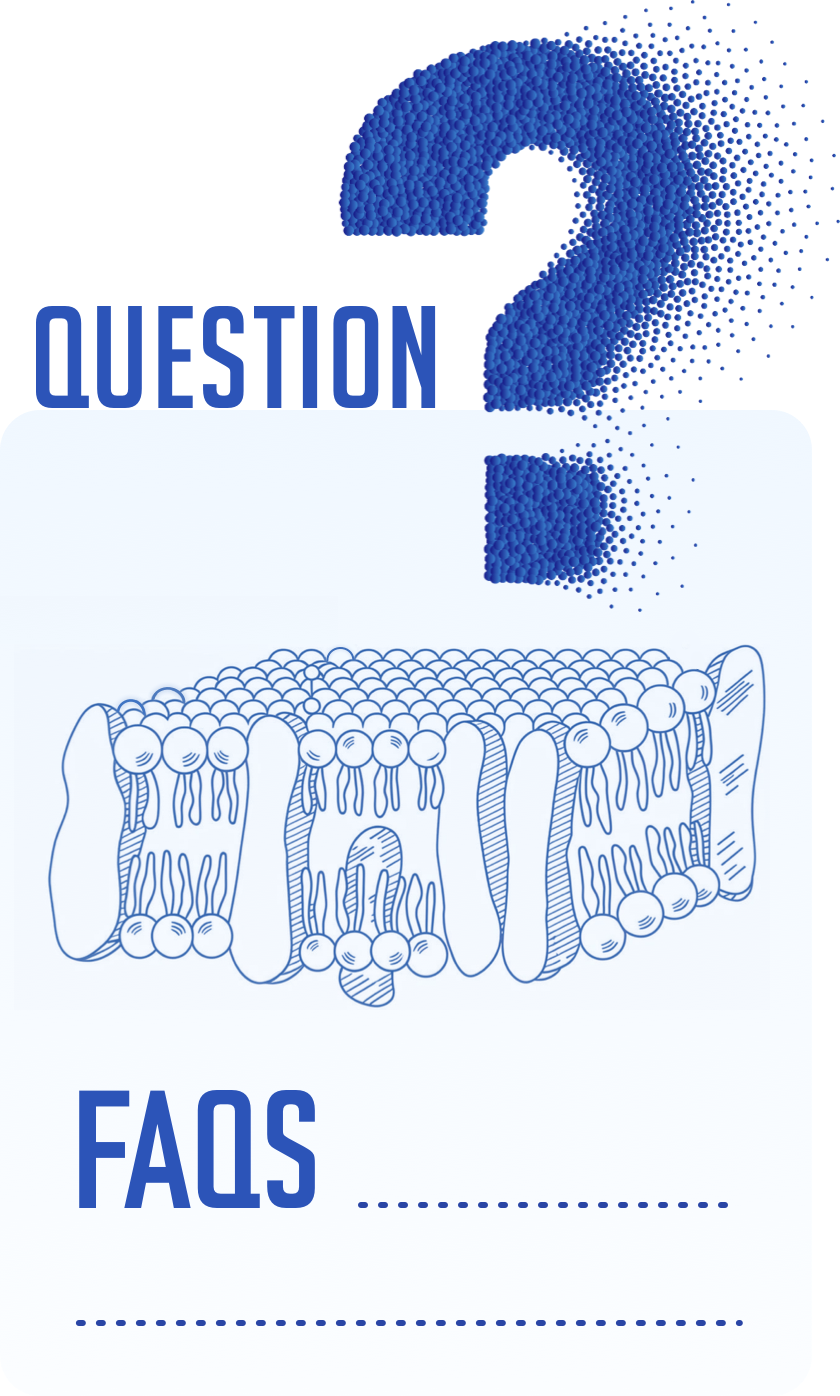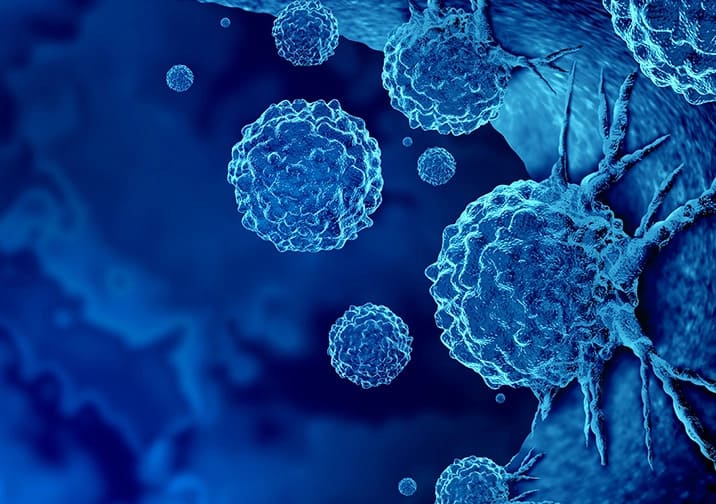MetwareBio Lipidomics Services
MetwareBio Lipidomics Services
What is Lipidomics and Why It Matters in Lipid Analysis
Lipidomics is the large-scale analysis of lipids, providing direct insights into their composition, abundance, and structural diversity in biological samples. Lipids are dynamic biomolecules that play indispensable roles in energy storage, cellular membrane integrity, and intricate signaling pathways. They are increasingly recognized as pivotal players in metabolic disorders, cancer progression, neurodegenerative diseases, and immune responses. Lipidomics enables researchers to comprehensively characterize lipid species, monitor their fluctuations under different conditions, and decode their contributions to health and disease. Through advanced lipid profiling and quantitative mapping of lipid alterations, lipidomics research provides powerful avenues for biomarker discovery, therapeutic target identification, and a deeper understanding of molecular mechanisms underlying complex biological systems.
MetwareBio offers end-to-end lipidomics services specifically designed to meet the evolving needs of modern biomedical and agricultural research. Leveraging a vast proprietary lipid database, our quantitative lipidomics workflows enable confident identification of diverse lipid classes, while employing internal standards and MRM acquisition modes to achieve precise, reproducible quantitation. We provide specialized quantitative lipidomics solutions tailored for medical and animal studies, alongside dedicated plant lipidomics workflows that address the unique complexity of plant lipid compositions. From comprehensive lipid analysis services to expert consultation at every stage, MetwareBio equips your research with robust, reliable data that accelerates discovery and drives meaningful scientific insights.
Discover MetwareBio Lipidomics Services
Lipidomics Service General Knowledge
Mass-spectrometry based lipidomics is one of the main techniques to study different species of lipids and lipidomics is a very active branch of omics research. Global lipid profiling as well as targeted metabolomics lipidomics can be achieved using LC-MS followed by lipid annotation with specialized lipidomics database. At Metware, a reliable metabolomics service providers, we have developed a specialized lipid spectra database that includes those in public lipidomics database as well as over 4000 in-house lipidomics data using chemical standards and AI prediction.
Lipidomics Analysis Services Equipment
Lipidomics Service Benefits
Simultaneous detection of over 40 types of lipids.
Using ultra-sensitive AB Sciex 6500+ instrument to detect lipids at pg level.
Annotation using RT + Q1/Q3 data of multiple ions and mapping to a curated lipids database.
9 major QC points
Why Choose MetwareBio for Lipdomics Services









Quantification

Comprehensive Lipid Analysis Results with Bioinformatics Visualization
Lipidomics Services Overview

Technical FAQs on Lipidomics Services

Applications of Lipidomics Services
Applications of Metabolomics Services
Next-Generation Omics Solutions:
Proteomics & Metabolomics
Ready to get started? Submit your inquiry or contact us at support-global@metwarebio.com.



